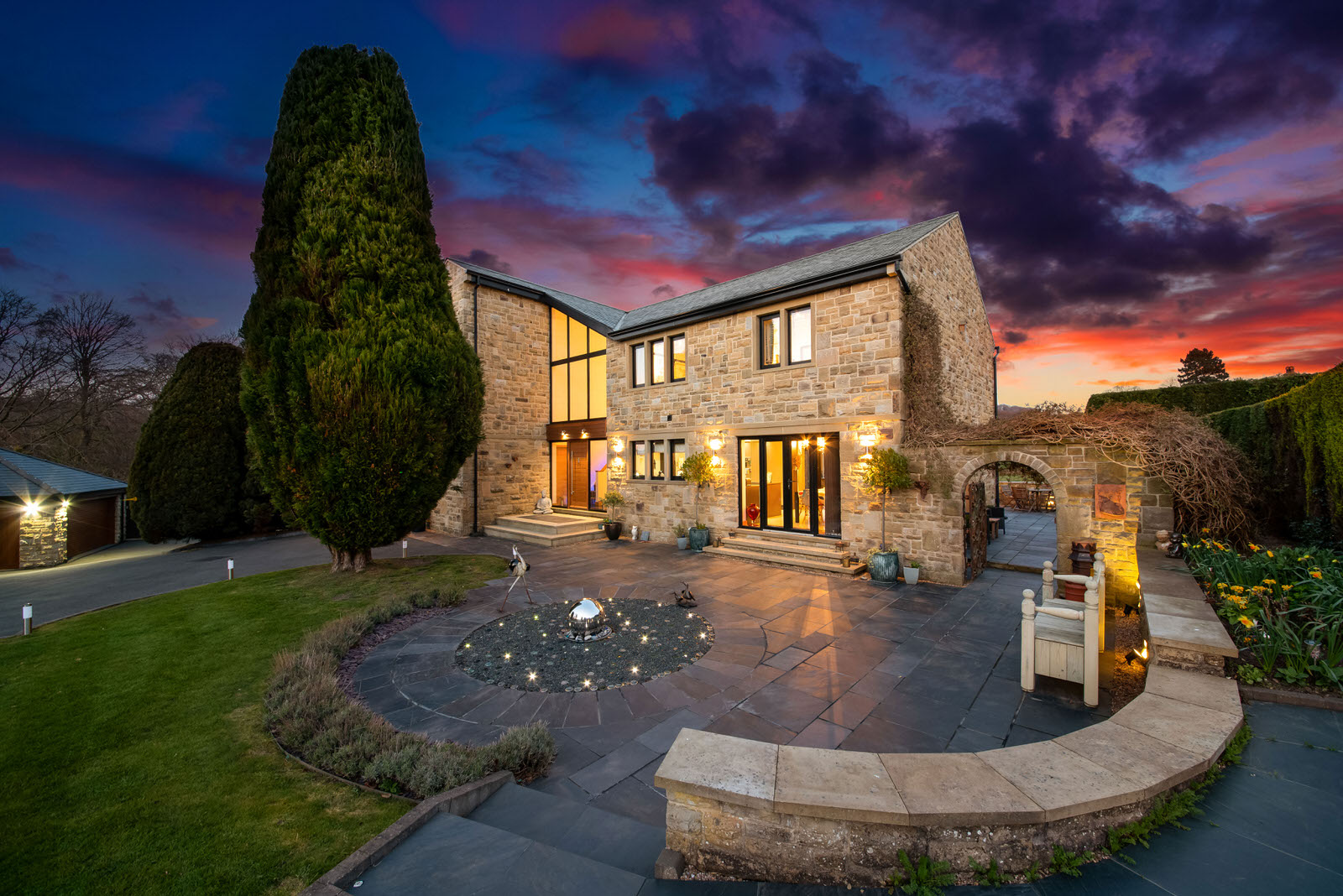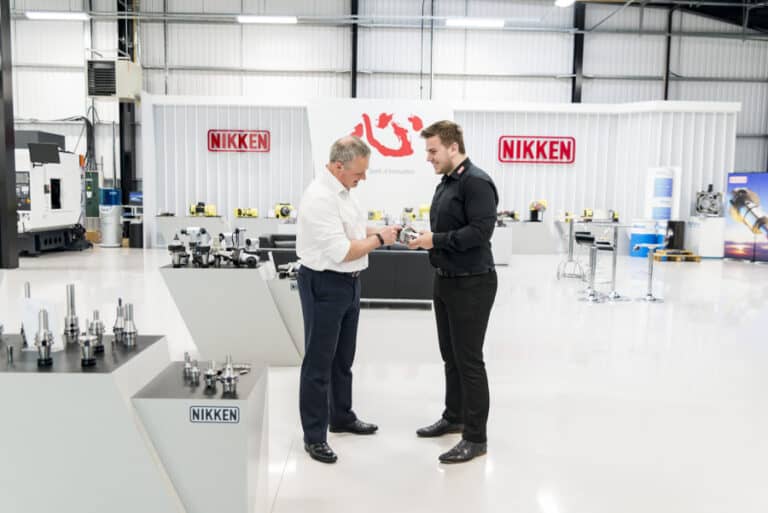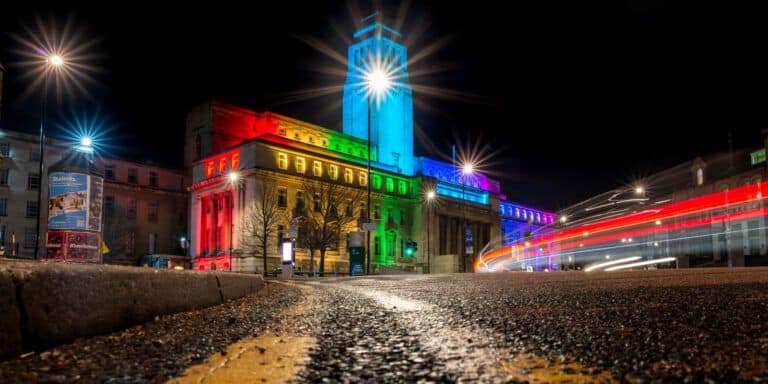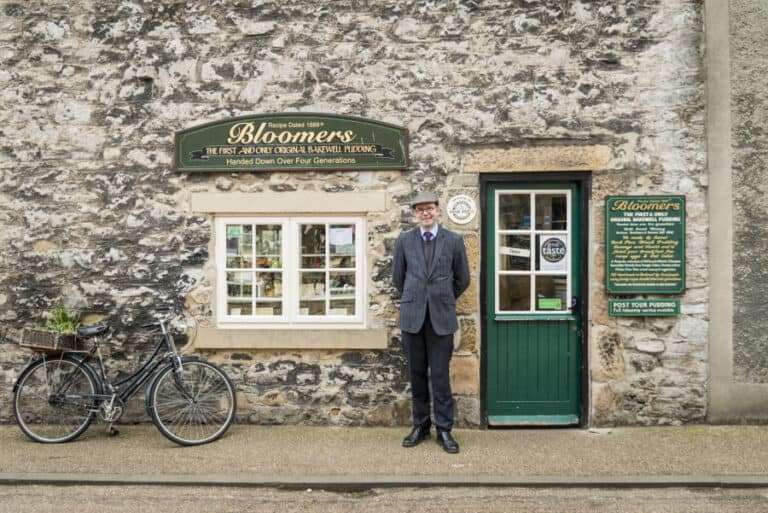How To Become A Professional Photographer
So you want to become a professional photographer? There are many things you need to consider before you make the leap. This article will talk about College or technical school courses, experience, and lighting. After reading it, you should have a solid idea of what it takes to become a successful professional photographer. Then you can build on that knowledge as you move toward your ultimate goal. In addition, you should do plenty of research before quitting your day job to pursue photography full-time.
Career options
If you have an interest in photography, you may be interested in exploring various career opportunities. As a professional photographer, you may be asked to take a course to learn more about image processing and photo editing. Some photographers work freelance and are self-employed. Others use their creative skills in other fields, including advertising, graphic design, and web development. Aside from working as a photographer, there are other careers in the creative industries, including teaching and publishing.
Documentary photographers capture real-life moments and use them to tell stories. This type of photographer has the goal of creating a catalogue of photographs to convey a message to the public. On the other hand, stock photographers sell the rights to their images and may be free-lance or have an agency handle sales. Both of these types of photographers have their own goals, but both types of photographers are likely to earn lucrative passive income.
College or technical school courses
If you’re interested in a career as a professional photographer, you can take courses at a technical school or college. There are many things to consider before choosing a photography career, including the types of equipment you’ll need and the skills required to make your work stand out. Many photographers choose to be self-employed and enjoy the flexibility it brings. Other photographers choose to work for magazines and advertisers, while others specialize in different areas of photography. These people often specialize in wedding photography, aerial photography, photojournalism, and science. Some even go on to manage their own photography studio. Regardless of your career choice, a professional photographer’s education and experience are vital to staying in business.
Photography degrees come in two basic levels: bachelor’s degree programs and master’s degree programs. Bachelor’s degree programs typically last four years, but some can be completed in three. Bachelor’s degree programs give students more in-depth training and opportunities to specialize and develop their own unique style. Bachelor’s degree programs may also lead to more in-house positions. Master’s degree programs, however, are less common, and generally require two additional years of study. These programs typically focus on critical analysis and theory and may also qualify you to teach photography at a college or university.
Experience
When you become a professional photographer, you may start to see photography differently than when you started. What was once fun and rewarding is now work. You may begin to wonder if you’re making enough money to keep up with expenses. You may even start second-guessing yourself and your genre. You may even start to doubt your choice of clients. Here are some ways you can improve your photography skills and become more successful. Read on to learn more.
When writing a resume, employers look for passion and experience. You should be able to describe your reasons for becoming a photographer, what drives you to produce great photographs, and how you stay abreast of industry trends. Your resume should also detail your personal projects and highlight any awards you’ve received related to your field. You may even be able to include some photos you took while working as a freelancer. Just make sure to give a brief description of what you did.
Lighting
Learning how to properly use lighting will improve your photographs and make them look much more impressive. Using lighting in the right way can make the difference between an aesthetically pleasing image and an embarrassingly flat one. Good lighting creates mood and adds an additional dimension to a photograph. However, too often photographers use lighting in the wrong way and waste a lot of potential. You can improve the quality of your work by using more subtlety with the colours and intensity of the light. Many photography classes will teach you the basics of ambient light, hard and soft light, and introduced light.
In addition to understanding the different types of light, you should know how to manipulate the light for the best possible effect. Natural light changes with time of day and weather, so it can be difficult to predict and control its quality. If natural light is insufficient, you can use artificial light. In such conditions, a camera’s flash can be used to provide good exposure. However, direct flash can cause the details to be lost in the image, so you should use bounced light instead.
Post-processing
Learning post-processing can help you take better photos. It can give your photographs a different look and help you to control the final outcome. It can also help you develop new skills and learn how to use new tools in the camera. Learning how to use Photoshop and other programs to improve your photos will also help you get better at taking them. And learning post-processing will improve your confidence as a photographer.
There is numerous free and inexpensive post-processing software that can be used to enhance your photographs. Photoshop and Photomatix are two popular choices. These programs allow you to merge multiple shots in order to get a better balance of lighting. Photoshop and Photomatix can be used to merge bracketed shots, resulting in a better-balanced image with better lighting. The best way to learn how to post-process photos is to experiment with them and see which ones you like the best.







